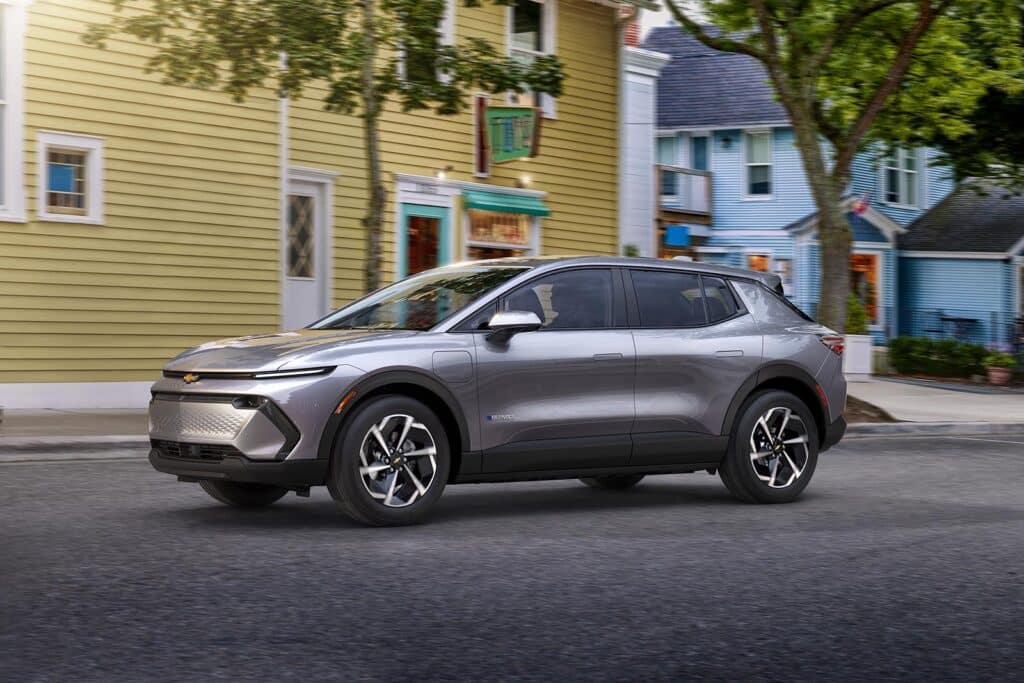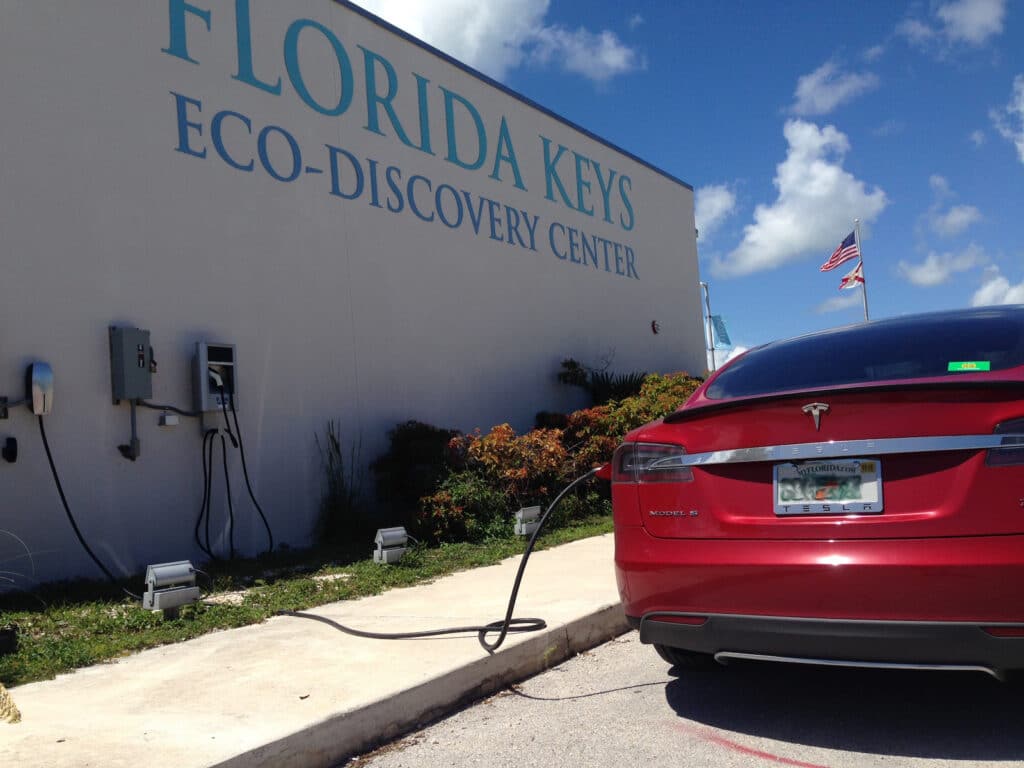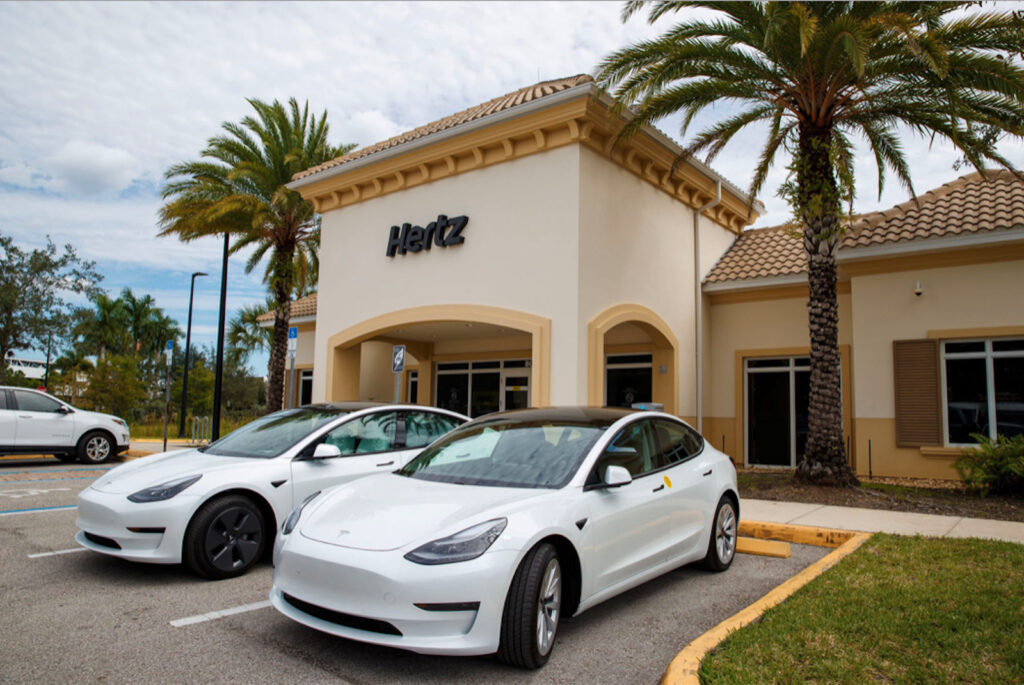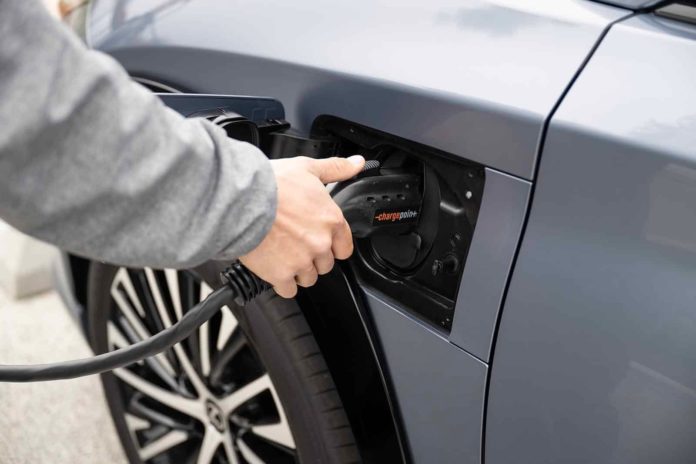The percentage of EVs among new cars sold in America continues to rise steadily, and in fact it took a 65% jump in 2022, according to Kelley Blue Book.
EV sales last year were over 800,000 units. But that number is coming up from near zero just a few years ago, and still represents just 5.8% of the total number of new vehicles sold last year. Kelley’s parent company, Cox Automotive, is projecting more than 1 million EVs to be sold in 2023.
That’s all promising news for the EV market, but the goals set by government and industry are even higher, and may be difficult to achieve. The Federal goal for EV adoption is 50% of new vehicles by 2030, which would be about 7 million based on the 2022 sales of almost 14 million new vehicles. Will the EV market grow by a million units or more every year for the rest of the decade? Perhaps not, according to a new survey by ValuePenguin.
What do Americans think?
ValuePenguin performed the survey by asking more than 2,000 U.S. residents about their attitudes toward EVs today. They found that initial purchase price is the biggest barrier to EV ownership. Although tax breaks help, 36% of Americans say the purchase price is their major concern about EVs.
With the average price of an EV at $58,725 in 2023, that’s a big deal. Predictably, people earning less than $35,000 are 43% more likely to cite price as a deterrent than those in households making at least $100,000.

One factor that may be easiest to fix is that 70% of respondents reported they know very little about EVs. This may account for other deterrent factors such as a 24% belief that there is a lack of charging stations and that 12% believe EVs provide insufficient driving range.
In fact, there are 47,200 publicly accessible EV charging stations in the U.S., according to an IEA analysis, and President Joe Biden said during his 2023 State of the Union address that the country would build 500,000 EV charging stations in the near future. EVs have also shifted from first-generation models that barely ran for 100 miles on a charge to updated offerings that are now approaching 500 miles — and in a couple of instances, more than —per charge.
Self-driving is not the flex that fans think it is
As more EV manufacturers offer more advanced assisted driving features in their vehicles, 40% of Americans say a driverless automobile would make them feel much less safe on the road and 45% say these vehicles pose a tremendous risk to pedestrians. Fifty-three percent also say the driver should be at fault if they get in an accident even if the car is being controlled by self-driving tech.

In theory, that’s exactly wrong as most crashes are caused by human error. But the deployment of insufficiently functional assisted driving technology for testing on public roads has led to a number of high-profile fatal crashes because the consumers believed the vehicle was capable of driving itself. In fact, no self-driving vehicles are available for purchase at this time.
It’s a generational thing
Another survey finding that should surprise no one is that younger people are more open to switching to an EV than older people, in general. Among the Boomer generation, 87% are driving gas-powered vehicles, followed by 84% of Gen X people, and 75% of millennials.
Gen Z are the most likely people to drive an electrified vehicle (whether purely electric, hybrid or plug-in hybrid), but 69% are still driving gas-fueled cars. Gen Z are also the most likely to report they don’t drive or don’t primarily use the same vehicle, and fewer among them have built up the resources and earning power to afford a new EV.
“Older Americans may not be fully sold on EVs because they just don’t know enough about them to commit to buying one,” said ValuePenguin’s Divya Sangameshwar. “They may also be distrustful of the EV auto manufacturers, but they could be open to getting an EV from a legacy auto brand they know or trust, like Ford or Honda.”

When you slice the numbers politically, another predictable trend emerges. Twenty-two percent of Democrats will consider the environment for a future vehicle purchase, compared with 6% of Republicans. However, in general, the biggest decision factors for all new vehicle purchases come down to purchase price at 65%, fuel efficiency at 56% and vehicle size at 42%, and that’s the same across the political spectrum.
Saving a buck is not as easy as you might think
It’s generally agreed that EVs offer long term savings based on fuel prices, but the savings are not the same for everyone. Electricity costs vary significantly by region, just like gas prices. In some places where gas is the cheapest, electricity costs may be much higher than average. EV owners in those regions may still save money, just not as much as those who live where gas is high and electricity is cheap.
Drivers who rely on public charging stations, which are more expensive than charging at home, will also realize higher charging costs. Finally, the average EV is 28% more expensive to insure primarily because of the higher replacement cost, and crash damage is up to 27% more expensive to repair on an EV compared to a similar gas-fueled car. Taken together, the value proposition of an EV can vary based on an individual’s particular living situation.
The arithmetic of costs and benefits is constantly in flux, and that changes the personal EV equation for each consumer. A spike in the price of gasoline, or the end of EV tax credits for a particular model, can have a dramatic effect on the affordability and desirability of an EV. However, it seems likely that EV ownership will continue to rise. Perhaps not at the rate planned by the Federal government, but that remains to be seen.

